6. Aguirre, the Wrath of God (Werner Herzog, 1972)
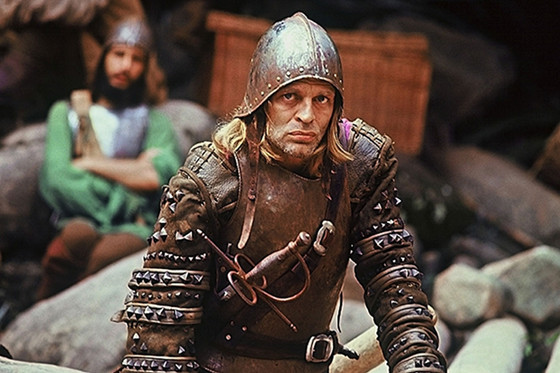
Aguirre broadens our conception of cinema in a way that no other film has managed: it is a naturalistic recording of madness in many levels, from many sides.
It features madness in the subject matter (it is about a historical group of greedy, crazed Spanish conquistadores in the mid 16th century struggling to make their way through the jungle and along the Amazon river to reach a legendary place of riches, the fantastic El Dorado, led by an unbalanced, obsessed, murderous captain called Lope de Aguirre), in the lead actor (Klaus Kinski with his crazy gaze, his strange grainy, strident voice, his slouch that remembers that of a cripple like Shakespearean Richard III) and in the director, Werner Herzog, always interested in eccentric characters (Nosferatu, Fitzcarraldo, Stroszek…), who somehow managed to persuade cast and crew to shoot on location, without any sort of simulation, risking their lives in the jungle, along seemingly impassable mountain paths and in the Amazon river, on unstable rafts made by the Peruvian natives. Those who agreed to take part in that real shooting had to be either insane or reckless.
Aguirre is more a film about madness than about a historic episode. We feel madness is ubiquitous in the jungle, in history, everywhere. Even the beautiful cinematography by Thomas Mauch adds to this pervading feeling, that lingers after the end of the film.
7. Paisan (Roberto Rossellini, 1946)
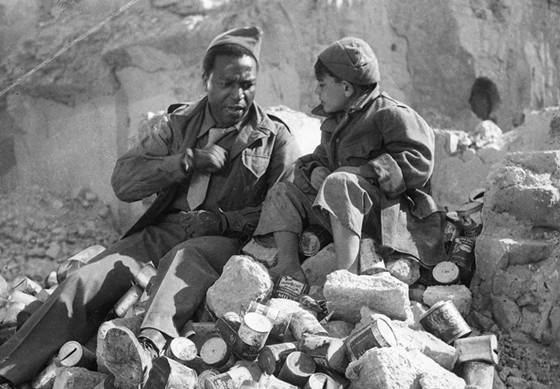
As the representant of Italian neorealism, one of the most powerful innovative waves in all the history of cinema, we present Paisan, by Rossellini. Just after the end of the Second World War, among the physical, social and moral rubble Italy had become, there was a strong urge to look at this barren reality and show it as it was. Only from the ruins would be possible to build something new. Rossellini was the most brilliant of the Italian directors that took the new approach of conveying the real world instead of creating escapist entertainment.
Paisan consists of six episodes that narrate the liberation of Italy by the American troops, going from South (Sicily) to the North. We witness the cultural shocks and linguistic incomprehension between the newly arrived soldiers and Italian residents. Rossellini renders the process in a completely new language that avoids both spectacular shows and easy moral discourses in order to reach the Italian disaster and redeem the live that was growing like plants from under the debris.
Although some of the American soldiers are played by professional actors, all the Italians are non-professional that manage to show their world thanks to the new cinematography and direction of a deeply moral, committed artist. The strength of the film lies in its truth, in the honest rendition of the world, in the conscious avoidance of any false artifice, in the conception of cinema as an ethical medium. Nobody has outstripped Rossellini in this path.
8. Red Desert (Michelangelo Antonioni, 1964)
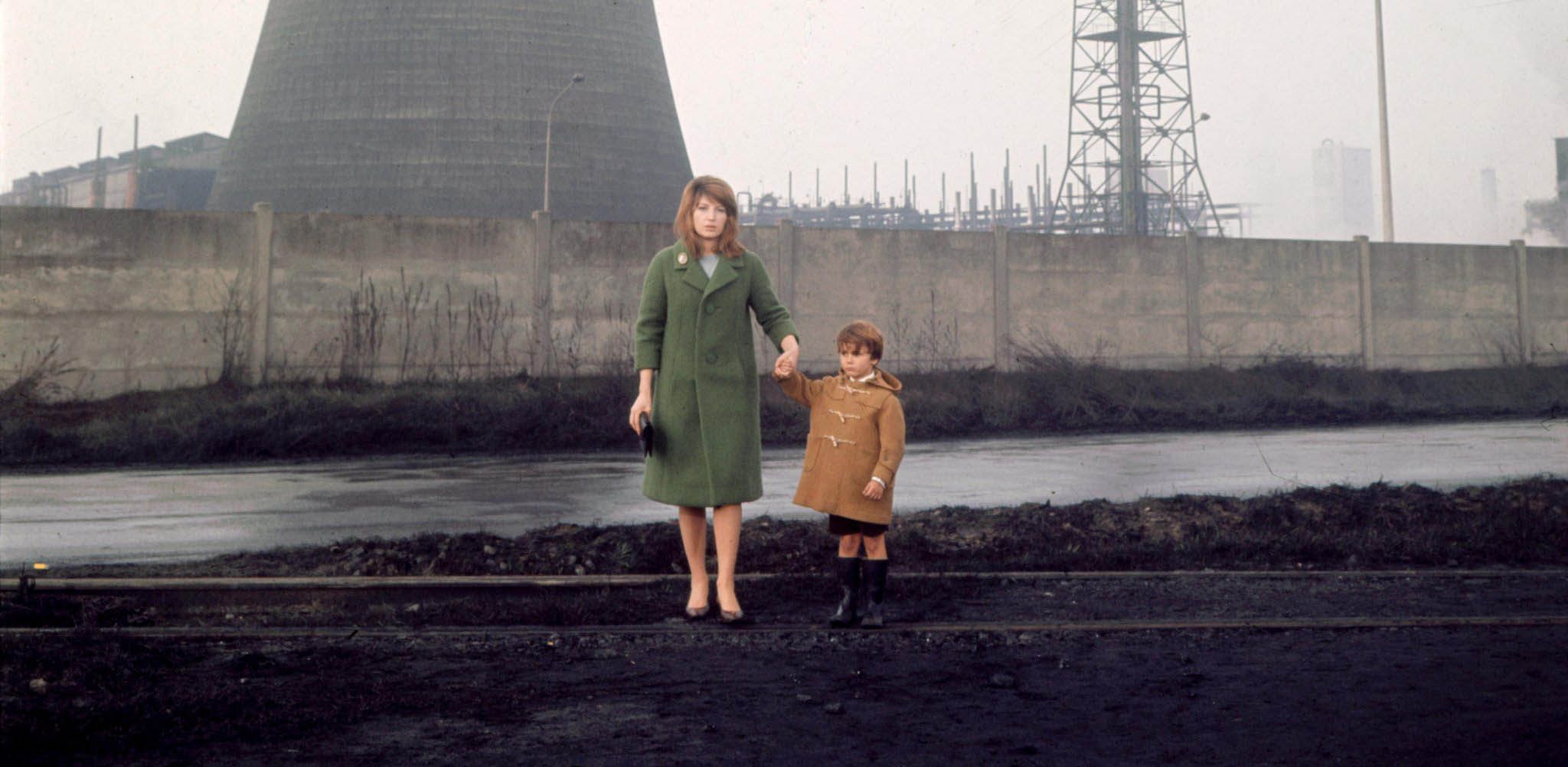
Although the most critically acclaimed film by Antonioni is The Adventure, an icon of cinema modernity, Red Desert stands as a unique experiment in color. After making many feature films in black and white, Antonioni turned to color in Red Desert, in an abstract way nobody had tried before, and very few have tried after (Contempt, Cries and Whispers, Three Colors are the films that come to mind).
The picture intimates us with Giuliana, the woman of an industrialist in the city of Ravenna (north of Italy), unforgettably played by Monica Vitti, that suffers a spiritual or psychological breakdown in a void bourgeois world set in a barren industrial landscape of bleak factories and pollution.
The innovative treatment of color seems to have at times a psychological function, that of bringing us inside Giuliana’s mind, to the sort of feeling she must be experiencing in her alienation and isolation; other times, colors play a metaphysical role, that of giving the real sense of things (what phenomenology, one of the main philosophical currents in twentieth century, calls “things themselves”). Both options aren’t mutually exclusive: the more the film stresses Giuliana’s angst, the more hostile the modern world (expressed through the factories of Ravenna) feels.
Both aspects are featured through a new use of color in cinema, reminiscent of that which it plays in painting, but not subservient to this other art.
9. Stalker (Andrei Tarkovsky, 1979)
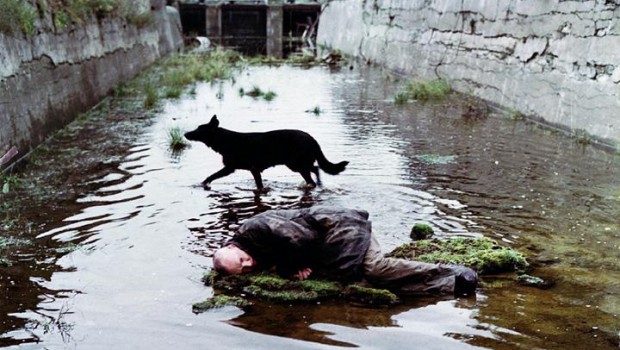
Any film by Tarkovsky is an artistic experiment driven to their outer limits. That’s why some people regard them as pretentious, or unbearable, and other think they are some of the greatest triumphs of cinema. In any case, they are not narrative, but poetic films that try to provoke a unique experience. Any Tarkovsky’s film could be included in this post.
Stalker is the story of the forays of a “Stalker” (a guide) into the Zone, an area which was visited by some extraterrestrial beings and where time and space have since been altered and function in a very different way from the Earth.
In the Zone, moreover, there is a chamber where wishes are fulfilled. The army that rules the dystopian, post-apocalyptic world the film is set in forbids to enter the Zone, so the Stalker, each time that helps people to go there, is risking to go to jail or being killed. The film shows how he guides a writer and a physicist to the chamber through the strange dangers of the Zone.
Characteristically, Tarkovsky imbues his film with a philosophical sense that is both indeniable and elusive. But a part of it is the frustrating contradiction between human need of transcendence beyond mere facticity and the inability to include this transcendent dimension in earthly life.
What makes this film so special is its original cinematography. Long, silent tracking shots create a contemplative experience that opens up to metaphysical questions. Tarkovsky stresses the contrast between the Zone and the world by filming the latter in sepia, dirty tones, and the former in color. It is a contrast with profound spiritual implications.
10. The Turin Horse (Béla Tarr and Ágnes Hranitzky, 2011)
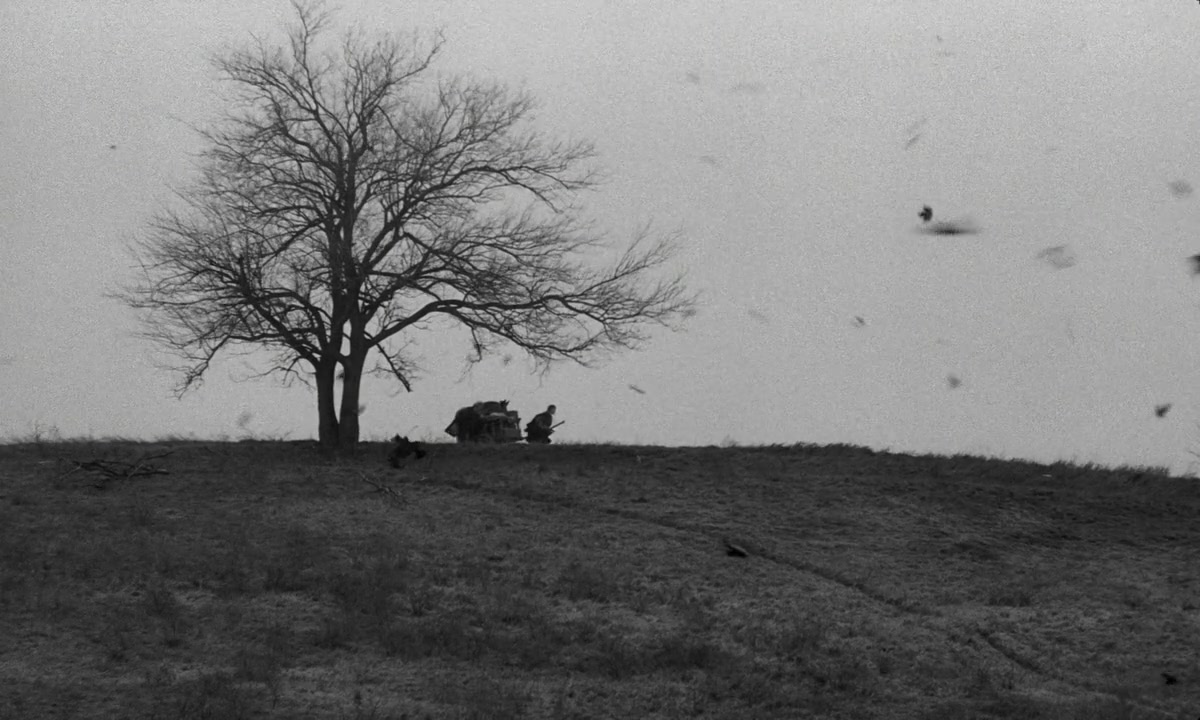
Close to 150 minutes of an intrigueless, almost wordless B/W film of lengthy, unhurried takes that repeat the same or very similar actions seen from different points of view. This film is made for cinema lovers that are moved by cinematography: framing, play of light and darkness, combination of images and of images and sounds.
Hungarian director Béla Tarr managed to make a deeply philosophical film with basically two silent characters, an old, crippled peasant and his daughter who live in an isolated house in the country, with barely the most necessary for living and that repeat everyday the same actions: go to the well for water (against the strong wind that is a constant presence across the film), eat a boiled potato with their hands at each meal, dressing and undressing, looking through the window at a waste, desolated land, trying to make their horse walk, eat and drink, which he refuses to do, because it seems he has decided to starve himself to death. It won’t be the only one to choose this pacific end.
According to the narrator, this horse is the one that Friedrich Nietzsche embraced in Turin just before becoming speechless and alienated for the last ten years of his live. The film is, then, the story of this horse and its owners. But this is an extremely loosely connection, and it isn’t relevant to the effect for the spectator, at least in narrative terms. What is relevant is the strong feeling of devastation -both moral and physical in the barren spiritual and material landscape-, of ending, that pervades all the film.
Tarr and Hranitzky manage to infuse the film with this devastating effect through a radical cinematic language that requires grown-up viewers. They eschew the usual marks of current cinema (fastness, shallow screenplay tricks) to reach the limits of cinema as a complete art in itself. It is hard to see how a movie could go beyond in the path created by Tarr, that has announced that this is his last film. The rest is silence.
Author Bio: Joan Solé is a Catalan writer and translator. He writes on philosophy (books about Kant, Spinoza, Kierkegaard, Schopenhauer…) and history (books about Russian Revolution and Totalitarianism in Germany and Italy). He loves poetic, philosophical cinema (Bresson, Tarkovsky, Godard…). He also sees a lot of non-fiction films to understand the actual, factual world we live in. He runs the post on documentary film Docs & the World.